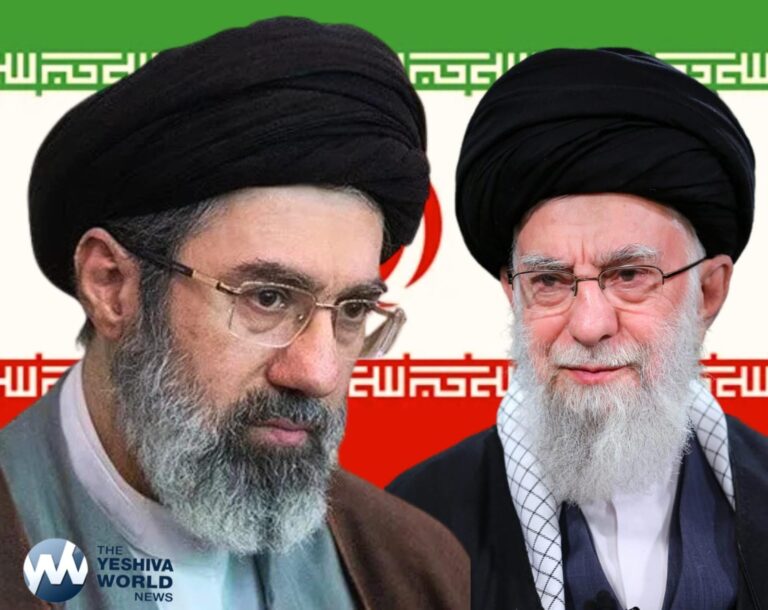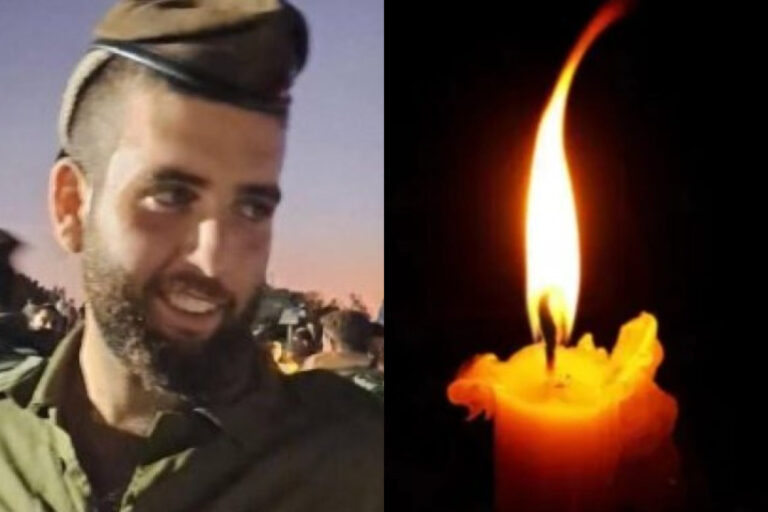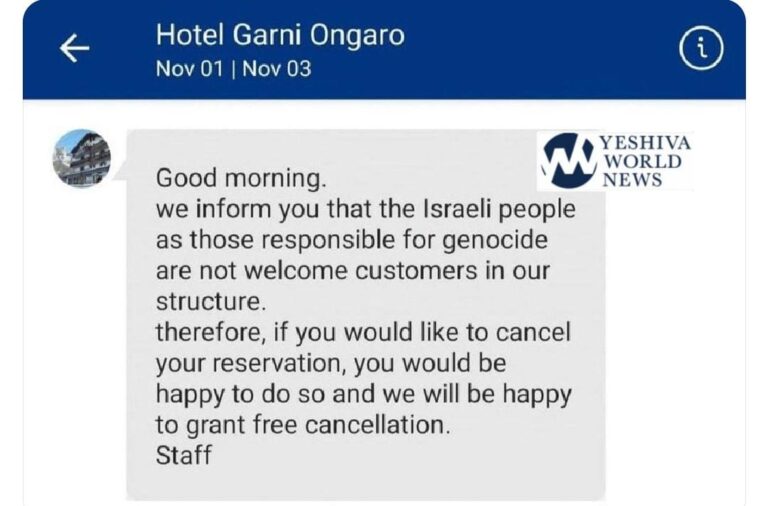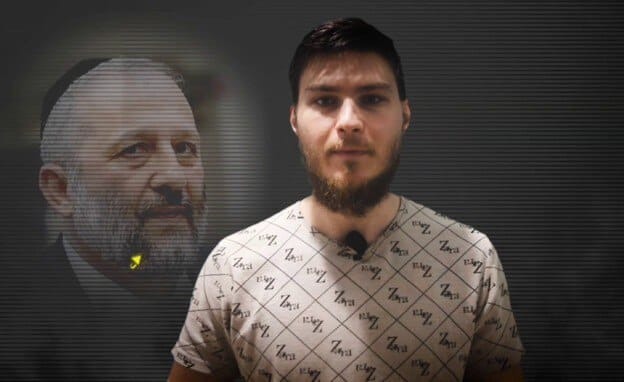 Twenty-five years after race riots scarred a New York City neighborhood, residents of Crown Heights gathered Sunday to mark the quarter-century anniversary with a memorial service, march, and street festival that organizers said showed how far the community had come. Critics, however, condemned the events as insensitive.
Twenty-five years after race riots scarred a New York City neighborhood, residents of Crown Heights gathered Sunday to mark the quarter-century anniversary with a memorial service, march, and street festival that organizers said showed how far the community had come. Critics, however, condemned the events as insensitive.
About three dozen people gathered for a series of commemorative events, held as part of “One Crown Heights,” which organizers said was a way to bring children of different backgrounds together and acknowledge years of efforts to foster better communication and relations between ethnic groups in the Brooklyn neighborhood.
In August 1991, a riot broke out in the Brooklyn area after 7-year-old Gavin Cato was struck and killed by a car in a rabbi’s motorcade. Hours later, a Jewish doctoral student, Yankel Rosenbaum, was stabbed to death. Four days of violence followed.
“We will not allow ourselves to be defined by what happened 25 years ago,” Brooklyn Borough President Eric Adams said to the predominantly white crowd at a memorial service Sunday morning to remember Cato and Rosenbaum. Elected officials joined Cato’s father and African-American and Jewish community leaders for the service.
 As he held a candle lit in his son’s memory, Cato’s father, Carmel Cato, told reporters that the service “showed the love and that the community is back together.”
As he held a candle lit in his son’s memory, Cato’s father, Carmel Cato, told reporters that the service “showed the love and that the community is back together.”
“We cannot rewrite history,” Rabbi Joseph Potasnik said. “A young man was killed for who he was — because he was a Jew.”
Rosenbaum’s brother, Norman, did not attend the anniversary events Sunday. He has said a street fair is “insensitive” and a “trivialization of a very, very serious period of time, of a series of incidents culminating in my brother’s murder.”
Devorah Halberstam, who helped coordinate the events, said she realized “there are deep and painful memories and on this day they resurface.” But, she said, it is important to commemorate how the community has come together in the past two decades.
“Twenty five years ago I watched as my community was attacked by a mob chanting ‘Kill the Jews!'” said Halberstam, who identified herself as an Orthodox Jew.
After the memorial service, the group marched about four blocks to a local park, where the street festival was held. About 50 people — mainly African-American families — had their faces painted, jumped in inflatable bounce houses and created unity quilts that will be displayed at a local museum.
Colin Karl Cohen, who owned a hardware store just feet from where Cato was fatally struck in 1991, recalled the “chaos” in the days of rioting that followed Cato’s and Rosenbaum’s deaths.
“We had young guys who wanted to take the laws in their own hands, and they did,” he said. “It’s been a rift between the community, mainly between blacks and Jews for years. But we know two wrongs don’t make a right and we have to eliminate the hatred and the dissatisfaction that some might have on both sides.”
“Today you find a more peaceful, respectful and understanding community of Crown Heights,” he said. “Anything that happens that brings Jews and blacks and the police together is for the betterment of the community.”

(AP)











2 Responses
The same celebration for people being killed in new york should be for 9-11.
The celebration or memorial reported consisted of 36 to 50 people. That is an inconsequential number. I think the Jews of Crown Heights are politely and cautiously waiting for the next explosion, something all Jews must do. A major portion of the African-Caribbean Americans of Crown Heights have been born or have moved into Crown Heights subsequent to the time of that pogrom, and, rightly, feel mostly not responsible for it and, quietly, recognize it as wrong, if not shameful for its participants.